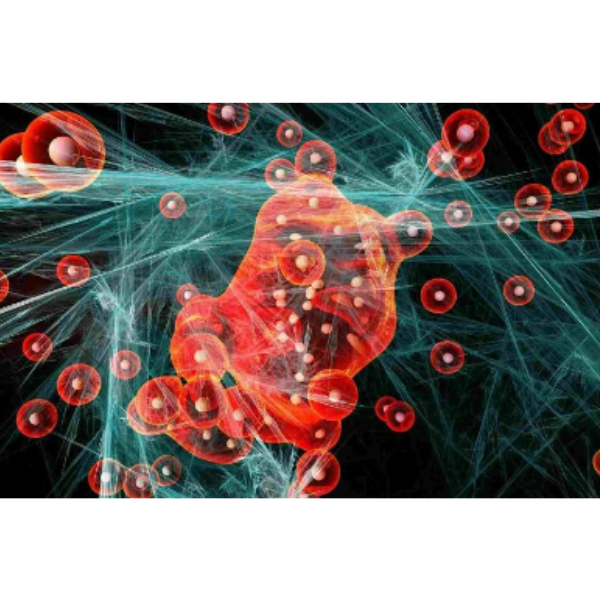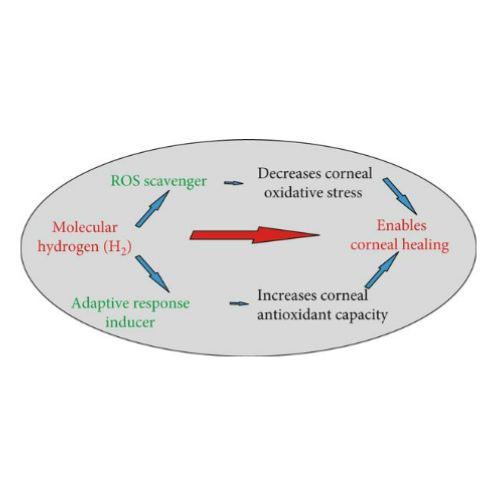The aim of this study was to examine the effect of molecular hydrogen (H2) on the healing of alkali-injured cornea. The effects of the solution of H2 in phosphate buffered saline (PBS) or PBS alone topically applied on the alkali-injured rabbit cornea with 0.25 M NaOH were investigated using immunohistochemical and biochemical methods.
Retinal ischemia/reperfusion injury (IRI) is a common clinical condition that occurs in a variety of ocular diseases, including diabetic retinopathy [1], retinal vascular occlusion [2], anterior optic neuropathy [3], and glaucoma [4,5]. It ultimately leads to retinal ganglion cell (RGC) death because these cells are particularly vulnerable to ischemia [6,7].
Background
Oxidative stress (OS) is an essential factor in the pathogenesis of branch retinal vein occlusion (BRVO). Studies have demonstrated the role of hydrogen gas in the regulation of OS. This study was designed to evaluate the efficacy of hydrogen gas on the BRVO rat model.
Hydrogen (H2) has been reported to scavenge free radicals, particularly the hydroxyl radical (·OH). Ultrasound oscillation in an aqueous solution produces ·OH. Our recent study demonstrated that H2 dissolved in an irrigation solution prevented corneal endothelial damage during phacoemulsification in an animal model. We examined the effects of H2 during clinical phacoemulsification.
Hydrogen possesses antioxidative effects and cures numerous types of ophthalmopathy, but the mechanism of hydrogen on ROS-induced retinal senescence remains elusive. In this study, retinal morphology revealed that hydrogen reduced the number and size of vitreous black deposits in Bruch's membrane in NaIO3 mice. Hydrogen also reduced ROS levels in the retina as assessed by DHE staining.
Corneal alkali burns are potentially blinding injuries. Alkali induces oxidative stress in corneas followed by excessive corneal inflammation, neovascularization, and untransparent scar formation. Molecular hydrogen (H2), a potent reactive oxygen species (ROS) scavenger, suppresses oxidative stress and enables corneal healing when applied on the corneal surface.







